Ford Escort RS2000: Buyers Guide
 Ford Escort RS2000
Ford Escort RS2000
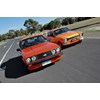
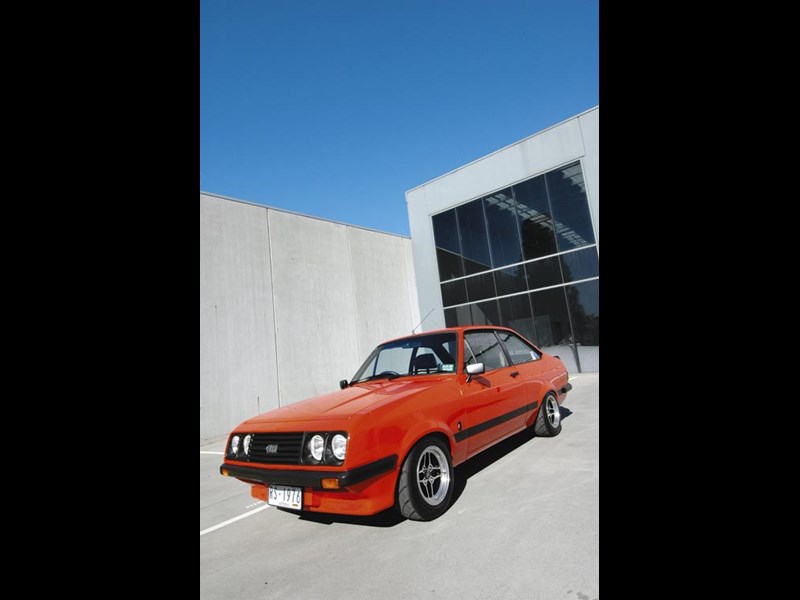 Ford Escort RS2000
Ford Escort RS2000

 Ford Escort RS2000
Ford Escort RS2000
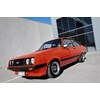
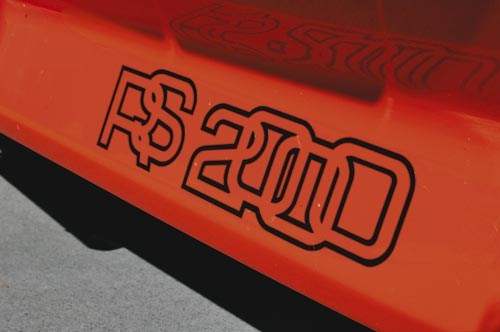 Ford Escort RS2000
Ford Escort RS2000

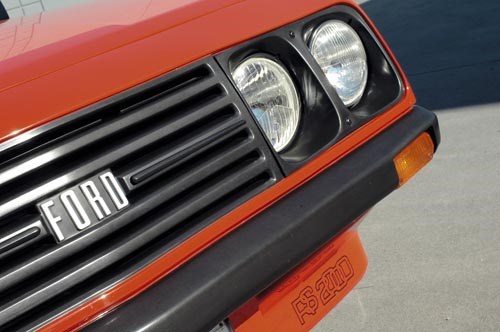 Ford Escort RS2000
Ford Escort RS2000

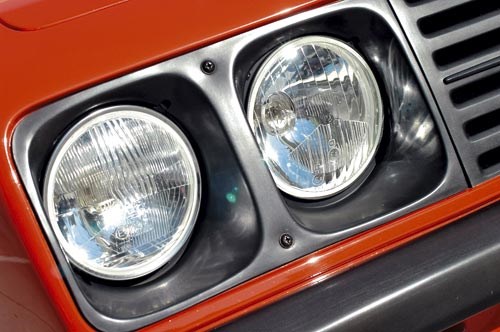 Ford Escort RS2000
Ford Escort RS2000

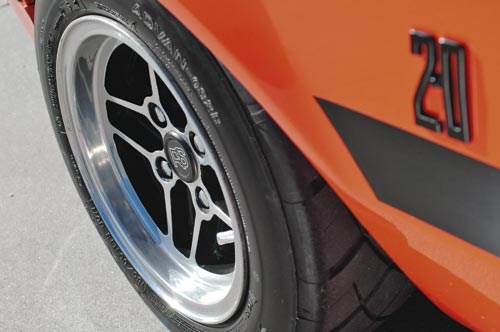 Ford Escort RS2000
Ford Escort RS2000

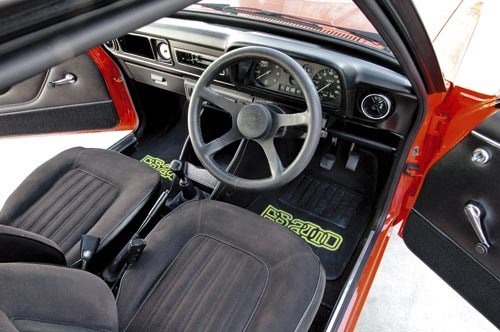 Ford Escort RS2000
Ford Escort RS2000

 Ford Escort RS2000
Ford Escort RS2000
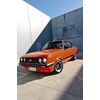
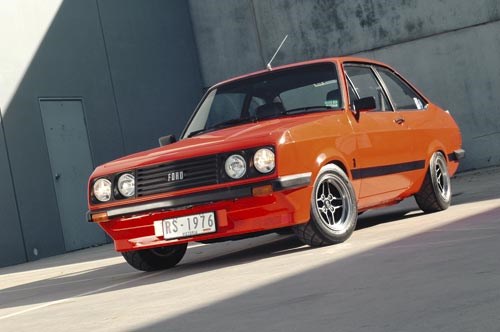 Ford Escort RS2000
Ford Escort RS2000

 Ford Escort RS2000
Ford Escort RS2000
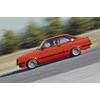
 Ford Escort RS2000
Ford Escort RS2000
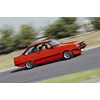

|
|
Ford Escort RS2000
|

|
|
Ford Escort RS2000
|

|
|
Ford Escort RS2000
|

|
|
Ford Escort RS2000
|

|
|
Ford Escort RS2000
|

|
|
Ford Escort RS2000
|

|
|
Ford Escort RS2000
|

|
|
Ford Escort RS2000
|

|
|
Ford Escort RS2000
|

|
|
Ford Escort RS2000
|

|
|
Ford Escort RS2000
|

|
|
Ford Escort RS2000
|
Ford Escort RS200: Meet the car that launched a thousand rally careers

|
|
Buyers Guide: Ford Escort RS2000
|
Ford Escort RS2000
British Escort enthusiasts could only fume as their Australian counterparts drove away from showrooms in cars that ‘old country’ buyers were denied.
In Britain, the only way to enjoy the grunt of a 2.0-litre engine in a Mark 2 Escort was to pay handsomely for one of the sloped-nose RS2000s. In Australia after 1977, even the base-model GL sedan and delivery van were available with the 70kW Pinto engine that powered Escorts into 160km/h territory.
The reason behind this apparent largesse was ADR27A emission control measures that overnight slashed power from Ford’s 1.6-litre Kent engine by 14kW. The overhead-cam, 2.0-litre Cortina engine offered an instant source of extra performance and had already been modified to meet the emissions target.
Changes were needed to its 2.0-litre sump and crossmember, cooling system and the differential scored a more economical 3.54:1 ratio. The front strut towers were strengthened and a 55-litre under-boot fuel tank became standard.
New to the range was a sports-oriented Rallye Pack that included the 2.0-litre engine and a pile of extra gear aiming it squarely at younger buyers.
Decals splashed across the bootlid and printed in reverse on the front airdam left no doubt that this was an Escort with definite performance appeal. Added to the mix were split front bumpers, modelled on the red-hot RS1800 competition cars, and spoked Volante alloys with low-profile radials. Rallye Pack 2.0-litres cost less than $5500 and gave the Escort an edge on Japanese rivals including the Datsun SSS and Toyota T-18.
At a tick over 1000kg, the Ghia suffered in performance against the lighter GL but delivered a fake timber dash trim, velour seats, armrests, a clock and additional sound insulation. Air-conditioning was an option and buyers could specify Rallye Pack suspension to tame body roll and create a comfortable, reasonably sporty sedan. Alloy wheels became standard in 1979 and metallic paint was a no-cost Ghia option.
Two years after announcing its 70kW Escort enhancement, Ford Australia went all out and launched a local version of the boy-racer RS2000. Brit owners could choose between basic and Custom versions but here we had to cop the bare bones model with steel wheels instead of alloys and Scheel buckets in place of the Custom’s fancier Recaro front seats. What Australia did get in compensation, though, was the world’s only production four-door RS2000.
Three years before releasing its own RS2000, Ford had imported 25 European-spec cars (as seen here), which were doled out to racing drivers who agreed to use them primarily as competition cars. The ploy worked exceedingly well – Escorts won their Bathurst 1000 class twice and Bob Stevens’ car finished third in the 1978 Australian Touring Car Championship.
Vans with the more powerful engine were popular with private and commercial buyers and there was a Sundowner version with sporty trim and spectacular graphics.
Production ended in 1980 ahead of a quantum switch from European-sourced Ford product to the Mazda-based Laser.
ON THE ROAD
By far the most attractive aspects of these Escorts are steering response and outstanding chassis balance. The rack-and-pinion steering is rated at 3.5 turns lock-to-lock but feels way faster and most bends can be taken without shifting your hands. Sporty versions come with a chunky three-spoke padded wheel, though others had a less tactile two-spoker.
If the steering is wafty, the nose wanders, and the rear-end bounces then perhaps plenty of work will be needed to restore the handling balance. RS2000s, with additional anti-roll bar and stiffer settings, are by nature harsher riding than other models
The vinyl trim used in lower-spec Escorts is sticky and the seats provide little support. That holds true for the Ghia as well, but at least its cloth trim didn’t burn or freeze your backside according to outside temperature. For serious hip-hugging you need an RS2000 with high-sided Scheel buckets.
RS2000s have a short-shift gear lever for more rapid and precise changes. Engine output is the same 70kW but additional weight means it gets left slightly behind the basic GL in lower-speed acceleration.
If you plan to regularly take your Escort on highway trips, choose a Ghia manual or maybe one of the RS2000s that’s been modified with a five-speed Sierra gearbox.
Without the Ghia’s additional sound deadening, you’ll immediately notice the low gearing that has manual cars revving at 3800rpm to maintain a 110km/h cruise. Fuel economy suffers as well, so 9.0L/100km is realistic for highway running. The filler cap on 2.0-litre sedans is behind the rear plate, not in the mudguard, so refuelling is slow and back-breaking.
Automatics used Ford’s C3 transmission, which seemed to sap more than a fair proportion of the extra power. Full-throttle upchanges are jerky and second gear can annoyingly run out of puff part-way through an overtaking lunge.
Pick of the bunch in straight-line speed was the GL Rallye, which would reach 100km/h in a touch over 10 seconds. The more slippery RS2000 was good for 172km/h but its extra weight pushed its 0-100km/h time above 11.
BUYING
(Ed's note: these are 2011 prices)
Small Fords with overhead-cam engines were a hit with local buyers and more than half of around 45,000 Escorts made between 1977-80 would have come with 2.0-litre power. So where are they now?
Most will still be running around but in the guise of recycled Hyundais or the big white thing in the corner of the garage that keeps your beer cold. Escorts rusted so fast that within a decade most were ready to be scrapped and that leaves precious few to fill demand from today’s enthusiast market.
Survivors seem to be predominantly RS2000s and – perhaps unexpectedly – panel vans. You can still find decent Ghias at around $4000 and good vans for similar money. A Sundowner restored in its original colour scheme was offered recently at $15,000.
GL sedans are scarce and Rallye Pack versions seem to be extinct. Trawling through the RS Owners Club photo gallery failed to reveal a single survivor, which is a shame.
Locally-assembled RS2000s have fared better and prices for usable four-doors begin at less than $5000. The majority have been modified to some extent and reach $10,000, with exceptional cars pushing past $15,000.
To ensure you’re getting a genuine car, check the build plate for model designations exclusively used by local RS2000s – 11918 denoting a two-door car and 11938 identifying a four-door.
BUYER'S CHECKLIST
Body & Chassis
Those minor rust bubbles you spot behind an Escort wheelarch or discolouration beneath a vinyl roof will likely be symptoms of more serious and perhaps terminal problems. Critical to economic restoration and perhaps the car’s survival will be rust around the rear window, rear roof pillars and quarter panels, inner sills and floorpans, including the boot and rear spring attachment points. The mudguards and bonnet used on RS2000 versions are unique to the model and hard to find second hand. Flimsy bumpers are easily twisted. The polyurethane nose-cone used on RS versions is unobtainable but can be repaired by a plasti-weld specialist. Spending $500 plus freight on a fibreglass replacement from the UK is another option.
nterior & Electrics
The Beta cloth used in RS cars is again available but retrimming an Escort with sad seats and tatty vinyl can be costly. Dash veneer used in Ghias will split if not protected against sun damage. Look for mould in the footwell corners as a sign water is entering the cabin. Make sure all the internal door handles work and the hinge pins on two-door cars aren’t worn. The oil pressure warning light should illuminate when the ignition is switched on and stay out when running. Park the car in a shaded area to check it isn’t flickering at idle. RS2000s have an oil-level gauge, which needs to be working too.
SPECIFICATIONS
Ford Escort 2.0 (1977-81)
Number built: 35,000 (est)
Body: 2/4-door sedan, panel van
Engine: 1993cc 4cyl, SOHC, 8v, single downdraft carburettor
Power: 70kW @ 5200rpm
Torque: 148Nm @ 3800rpm
Transmission: 4-speed manual, 3-speed automatic
Suspension: Macpherson struts, anti-roll bar (f); live axle, semi-elliptic springs, telescopic shocks, anti-roll bar (r)
Brakes: disc/drum – assisted
Tyres: 155SR13 and ZR70S13
Performance (RS2000):
0-100km/h –11.5sec
0-400m – 17.9sec
Price range:
$2500–15,000 (RS2000)
Contact: Ford Rallye Sport Owners Club Victoria
www.rsocvic.com
Unique Cars magazine Value Guides
Sell your car for free right here
Get your monthly fix of news, reviews and stories on the greatest cars and minds in the automotive world.
Subscribe

.jpg)











